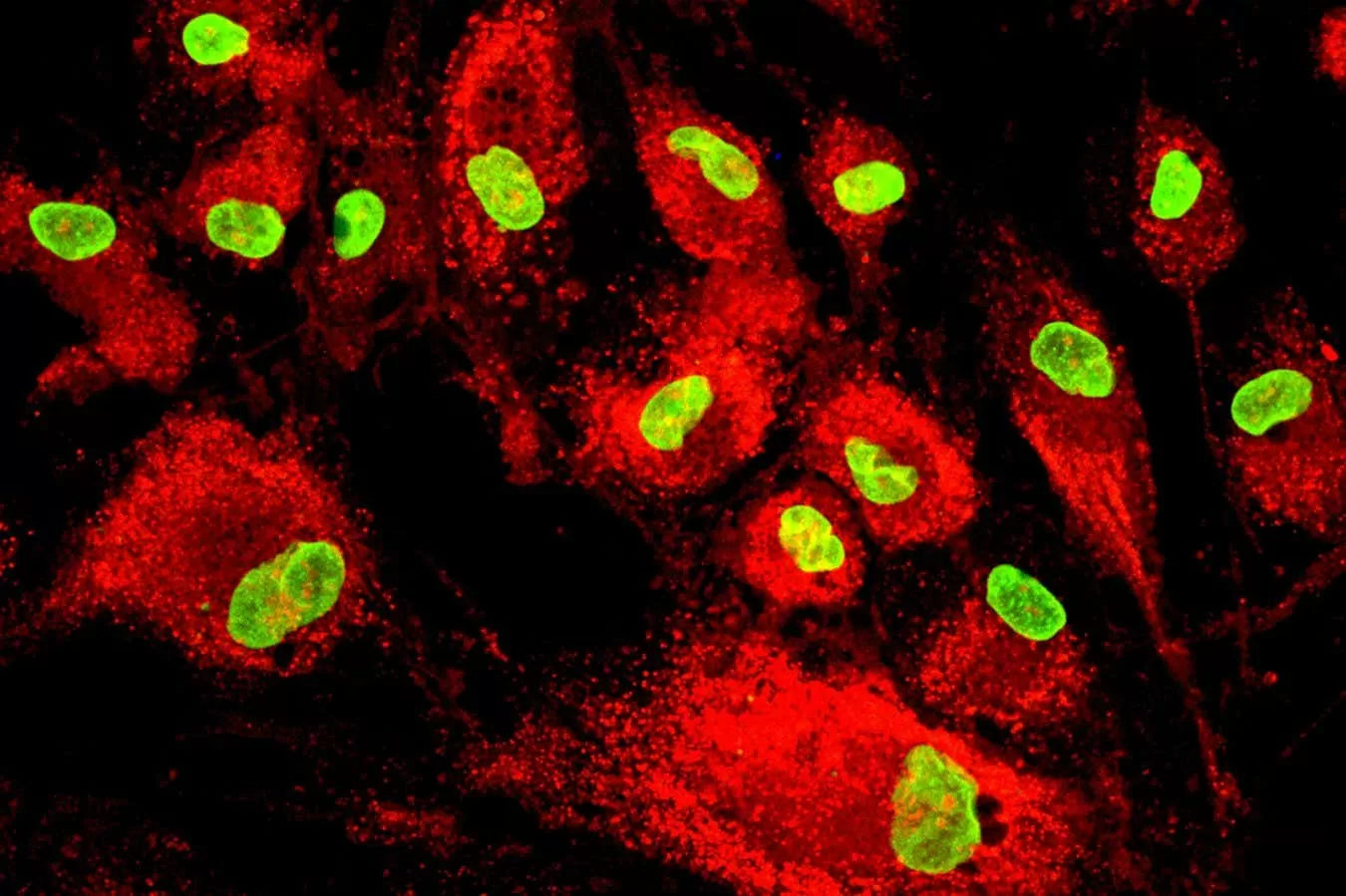Stem cell therapy has been making headlines in the medical world for its potential to revolutionize the treatment of various diseases and conditions. And now, a recent study has revealed that this innovative treatment may also hold the key to preventing heart failure in patients who have suffered a heart attack.
According to the study, people who receive stem cell therapy within a week of their first heart attack have nearly a 60 per cent lower risk of developing heart failure years later. This groundbreaking research has given new hope to millions of heart attack survivors worldwide.
The study, conducted by a team of researchers at the University of Oxford, involved analyzing the data of over 1000 patients who had suffered a heart attack. The patients were divided into two groups – one group received stem cell therapy within a week of their heart attack, while the other group did not undergo any stem cell treatment. The results were astounding – the group that received stem cell therapy had a significantly lower risk of developing heart failure, a condition in which the heart is unable to pump enough blood to meet the body’s needs.
What makes this study even more significant is that it focused on patients who had suffered their first heart attack. This means that the benefits of stem cell therapy can be seen even in the early stages, providing a potential preventive measure for heart failure.
But what exactly is stem cell therapy and how does it work? Stem cells are unique cells in our body that have the ability to develop into different types of cells and tissues. They can be found in different parts of the body, including bone marrow, blood, and fat tissue. In stem cell therapy, these cells are extracted from the patient’s own body and then injected into the damaged area, where they can regenerate and repair damaged tissue.
In the case of heart attack survivors, stem cells are injected into the heart muscle, where they can help repair the damaged tissue and improve the heart’s function. This not only reduces the risk of heart failure but can also improve the overall quality of life for these patients.
The success of this study has opened up new possibilities for the treatment of heart disease. While traditional treatments such as medication and surgery focus on managing the symptoms of heart failure, stem cell therapy offers a more targeted approach by repairing the damaged tissue and preventing the progression of the disease.
Moreover, stem cell therapy has shown promising results in other areas of heart disease as well. In another study, patients with severe heart failure who received stem cell therapy experienced a significant improvement in their heart function and quality of life. This suggests that stem cell therapy may also be an effective treatment for those who have already developed heart failure.
The potential of stem cell therapy in the field of cardiology is truly remarkable. It not only offers a more effective treatment option but also has the potential to save countless lives and prevent the devastating consequences of heart disease.
But like any other medical treatment, stem cell therapy also has its limitations and risks. More research is needed to fully understand its potential and address any concerns. However, the results of this study provide a strong foundation for further studies and advancements in this field.
In the meantime, the findings of this study should serve as a reminder to all heart attack survivors to seek immediate medical attention and explore the possibility of stem cell therapy. Early intervention can make a significant difference in the long-term outcome and quality of life for these patients.
This groundbreaking study has given us a glimpse into the future of heart disease treatment. With the potential to prevent heart failure and improve the lives of millions of people, stem cell therapy has the potential to be a game-changer in the field of cardiology. And that is truly something to be optimistic and hopeful about.

